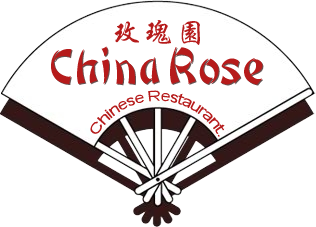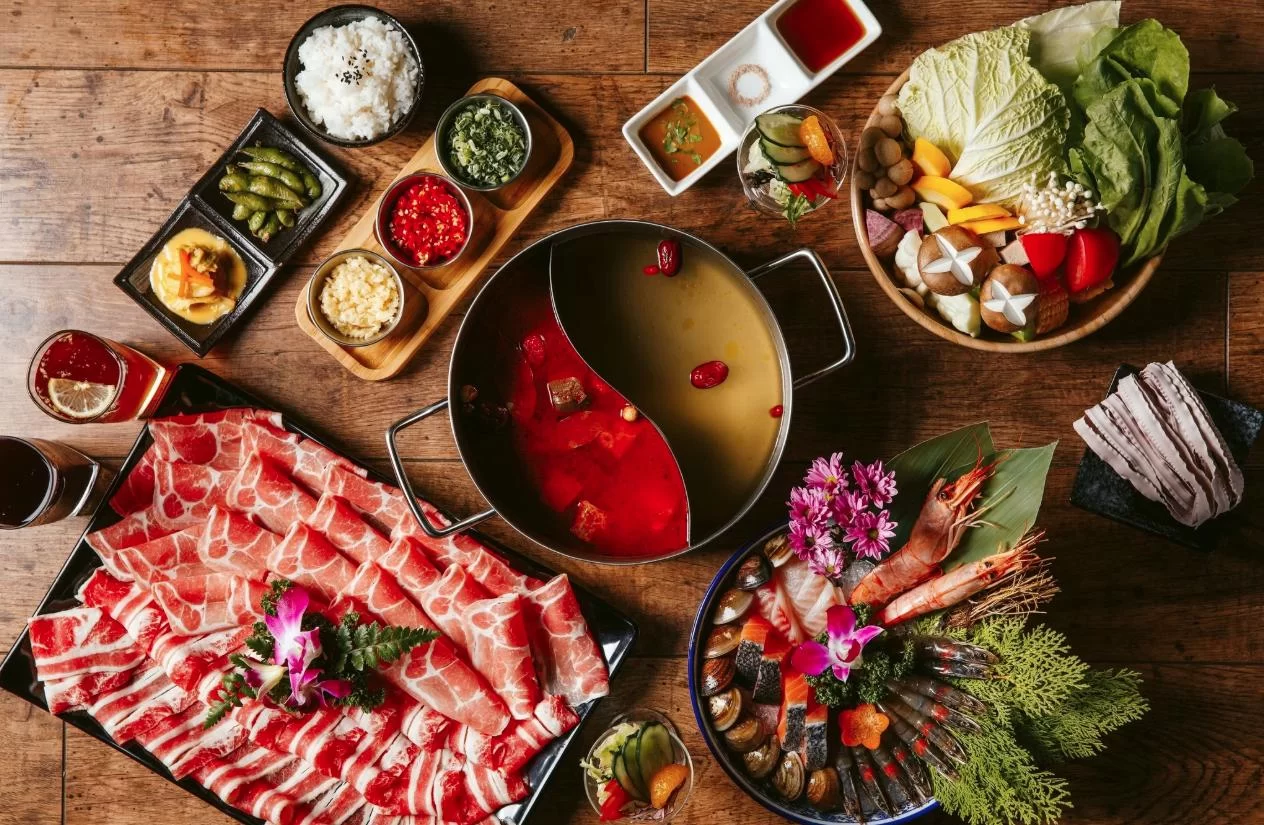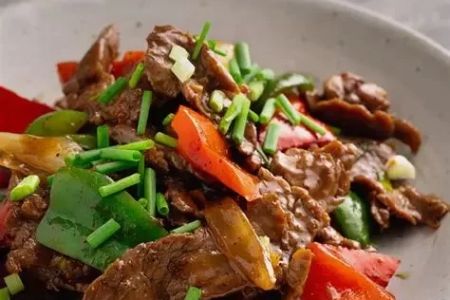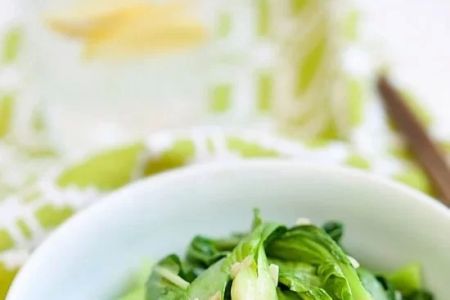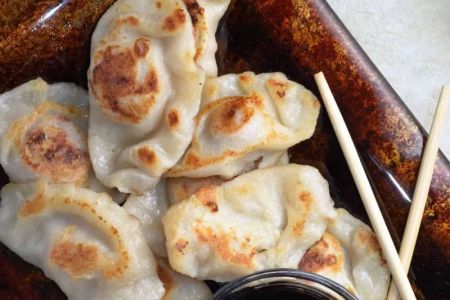- 1-The-Foundation-Of-Traditional-Chinese-Cooking
- 2-Essential-Ingredients-And-Their-Roles
- 3-Key-Techniques-In-Chinese-Cuisine
- 4-Regional-Flavors-And-Their-Importance
- 5-Common-Mistakes-To-Avoid-In-Traditional-Chinese-Cooking
- 6-Bringing-Authenticity-Into-Your-Kitchen
1. The Foundation of Traditional Chinese Cooking
Traditional Chinese cooking is built upon a rich history that balances harmony and contrast in flavors, textures, and colors. This cuisine emphasizes fresh ingredients, seasonal produce, and a balance of the five fundamental flavors: sweet, sour, salty, bitter, and umami. Understanding this balance is crucial for anyone aiming to master Chinese culinary arts.
For centuries, families across China have passed down cooking methods and secret recipes, emphasizing patience and respect for ingredients. For example, the slow simmering of broth or precise stir-fry timing are techniques honed through generations, creating dishes that burst with flavor and complexity. This legacy offers invaluable lessons for home cooks seeking authenticity.
2. Essential Ingredients and Their Roles
Chinese cooking uses a distinctive set of ingredients that shape its unique tastes. Soy sauce, rice wine, sesame oil, ginger, garlic, and fermented black beans are staples that provide depth and aroma. Each ingredient plays a vital role in balancing dishes; for instance, ginger not only adds warmth but also aids digestion, while rice wine enhances sweetness and complexity.
Using authentic ingredients is key to achieving traditional flavors. Some, like Shaoxing wine or fermented tofu, might be unfamiliar but are widely available in Asian markets. Cooking with these ingredients allows dishes like Kung Pao chicken or Mapo tofu to shine with genuine character.
3. Key Techniques in Chinese Cuisine
Mastering traditional Chinese cooking tips means understanding core techniques such as stir-frying, steaming, braising, and deep-frying. Stir-frying, for example, requires high heat and fast cooking to seal in flavors and preserve texture. Precision in timing and temperature control distinguishes an amateur from an expert cook.
Steaming is another technique that retains nutrients and delicate flavors, commonly used for dumplings and fish. In contrast, braising combines slow cooking with flavorful sauces, yielding tender meats infused with aromatic spices. Each method contributes to the diverse tapestry of Chinese cuisine.
4. Regional Flavors and Their Importance
China’s vast geography creates distinct regional cuisines, each with unique flavor profiles and techniques. Cantonese cuisine is known for light seasoning and fresh seafood, while Sichuan cuisine is famous for bold, spicy, and numbing flavors from chili and Sichuan peppercorns.
Understanding these regional differences enriches your cooking and appreciation of traditional Chinese dishes. For instance, attempting a Sichuan hotpot at home involves carefully balancing heat and spice, whereas Cantonese steamed dishes focus on subtlety and freshness.
5. Common Mistakes to Avoid in Traditional Chinese Cooking
Many home cooks struggle with Chinese cooking due to overcooking vegetables, under-seasoning, or incorrect wok temperatures. For example, overcrowding the wok lowers heat and causes steaming instead of stir-frying, leading to soggy textures.
Another mistake is using too much oil, which masks the delicate flavors rather than enhancing them. Patience is also important—rushing a braise or skipping marinade steps compromises the final taste and texture.
6. Bringing Authenticity Into Your Kitchen
To create truly authentic dishes, immerse yourself in traditional Chinese cooking tips and cultural context. Experiment with ingredients and techniques, and don’t be afraid to adjust based on your taste preferences. Engaging with local Asian markets, cooking classes, and food blogs can deepen your understanding.
For sourcing quality ingredients and discovering recipes that bring the essence of China to your home, visit Chinese Food. Their curated products and expert guidance make the journey to authentic Chinese cooking enjoyable and accessible.
